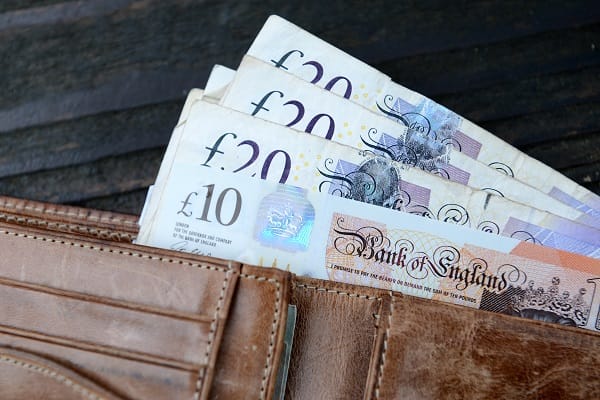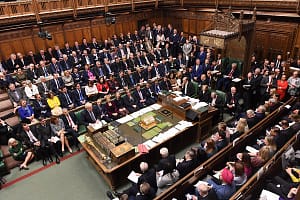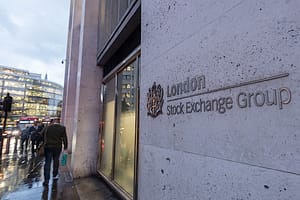Total value of excess savings accumulated since the start of the pandemic estimated to be between £143 billion and £338 billion (7.9% to 18.7% of total household annual income).
UK savings ratio now at 11.1% – higher than before the pandemic.
The UK’s reluctance to spend accumulated savings, and continued high savings rate, attributed to cost of living pressures and weak consumer confidence.
As a result household consumption growth has been slower than in the US, acting as a barrier to economic growth.
Nicholas Hyett, Investment Manager at Wealth Club said, “While US consumers have used surpluses built up during the pandemic to fuel a spending binge, the UK has been far more cautious.
“Consumers have not only held on to the money they saved in the pandemic, but have continued to stash away a higher proportion of their income.
The Office of National Statistics attributes that to the cost of living squeeze and significant macro-economic uncertainty. Those have certainly played a part – although we suspect interest rates and mortgages are also an important component.
In the US, where many homeowners are on thirty-year mortgages, the risk of rising interest rates is modest – whereas looming remortgaging creates incentives for UK borrowers to stash the cash while they have it, ready to pay-off a lump of the mortgage when higher interest rates hit.
“Whatever the cause, the result has been a drag on the UK economy. With consumer’s staying home the economy has lacked a key driver, potentially explaining some of the UK’s lacklustre growth. On the plus side though, it should mean the UK recovery proves quite resilient – since consumers are well positioned to ride out minor fluctuations in the economic weather – while an improvement in consumer confidence could unlock the excess savings and fuel economic growth.”





Leave a Comment